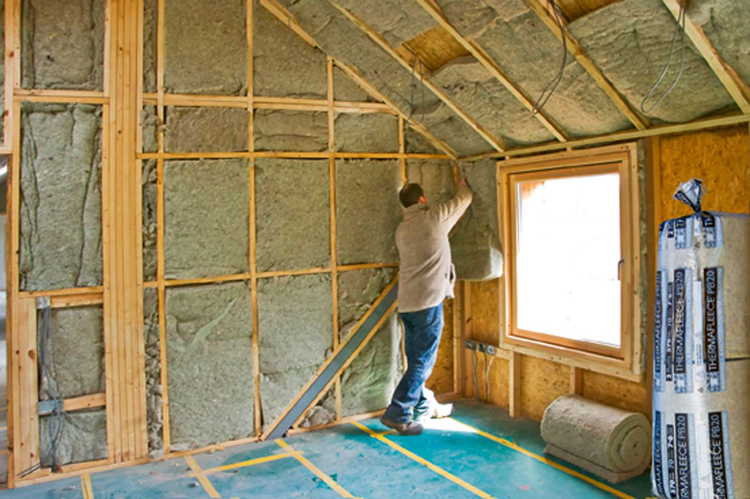Poor Home Insulation is Not the HVAC System’s Fault

Is your house freezing cold in the winter or crazy hot in the summer? You might be surprised to learn this sometimes not the fault of the HVAC system.
Whichever of the extremes it is, you feel you have done everything that you can think of to fix it. You’ve cranked the heat up to 80, you’ve plunged your air conditioning down to 60, you may have even purchased a new furnace. It seems like you’ve tried everything, but your efforts have come to no avail. At this point, this isn’t even a furnace or HVAC problem–it’s likely an insulation problem. You’re losing your precious heat and air!
This is a very common problem among homeowners everywhere. You probably know of at least a handful of people who have complained about the same home temperature inconsistencies. So, what can your HVAC service guy do for you? He probably can’t tear up your walls and fix your insulation, but with these few steps he can work with it the best he can.
Step one: Learn about “home performance contracting”
Home performance contracting is all about making existing homes more comfortable, safer, healthier, more durable and energy efficient. Home performance contractors use proven building science to examine the whole home and how different systems within it interact. These systems include the building envelope (shell) heating, ventilation and air conditioning (HVAC) and the occupants themselves.
Step two: Find a 3rd party “Home Energy Rater” (HERS)
A HERS rating of an existing home allows a homeowner to receive the report listing options for upgrading a home’s energy efficiency. The homeowners may then use the report to determine the most effective ways in which to upgrade the home’s energy efficiency.
A HERS rating consists of diagnostic testing using specialized equipment, such as a blower door test, duct leakage tester, combustion analyzer and infrared cameras to determine:
✔ The amount and location of air leaks in the building envelope
✔ The amount of leakage from HVAC distribution ducts
✔ The effectiveness of insulation inside walls and ceilings
✔ Any existing or potential combustion safety issues
Other variables that are taken into account include:
✔ Floors over unconditioned spaces (like garages or cellars)
✔ Attics, foundations, and crawlspaces
✔ Windows and doors, vents and ductwork
✔ Water heating system and thermostat
Step three: Get your HVAC Company involved.
Now, bear in mind. Your HVAC Company can’t change your insulation or replace your windows. However, with a better understanding of your home’s efficiency, he or she will be able to provide the best heating and cooling equipment along with duct improvements to suit your home’s unique needs.
Many homeowners will skip the HERS rating step, but it’s a fundamental part of figuring out how to work your home’s climate control and how to optimize energy savings. While most HVAC services will proceed even without a HERS rating, wouldn’t you want to make sure you’re getting their best effort?
Ways you can help the Rater:
✔ Walk through and around your house and look for clues.
✔ Are there damp spots?
✔ Is dust collecting or is the carpet looking dirty near the baseboards?
✔ Is the snow melting in a weird pattern on the roof?
✔ Does the furnace make a funny noise or produce a strange smell when it’s running hard?
✔ Is one room particularly hot or cold?
✔ Which windows seem to carry the most condensation?
✔ Make a list of any work that’s been recently performed on the house, and when it was done.
✔ Pull together all your energy bills for the last year.









